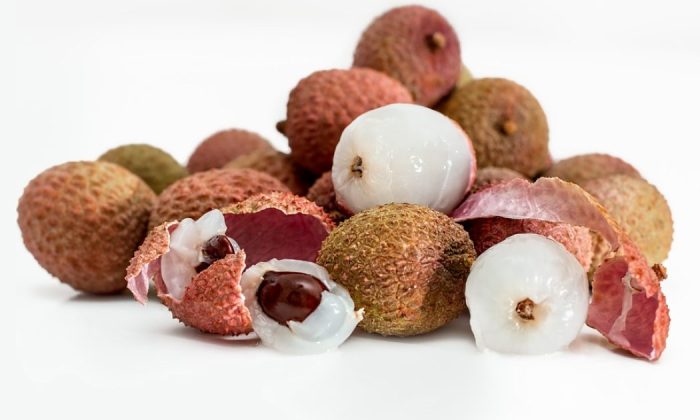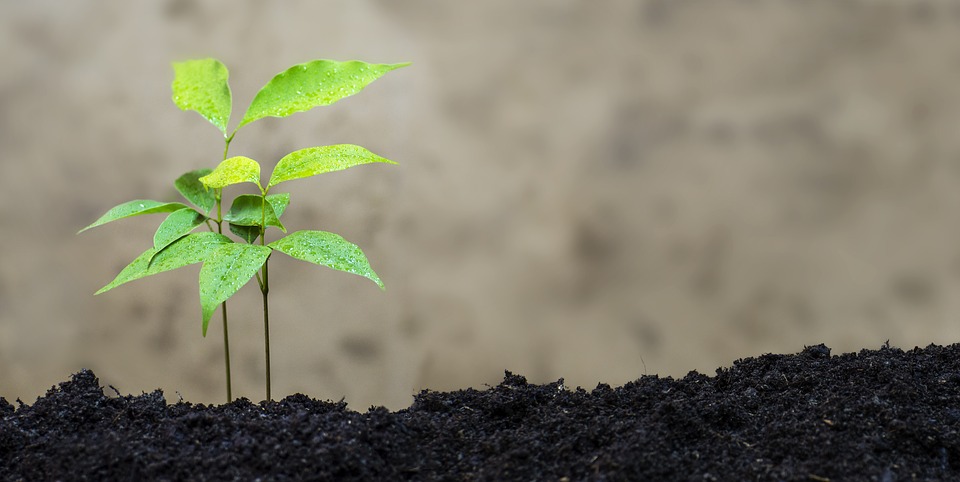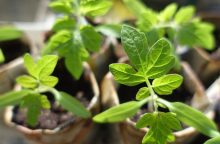Lychee is a tropical fruit that can also be grown in our country

Chinese litchi (Litchi chinensis), also known as the evergreen tree, can grow up to 12 meters tall but only in its natural environment (tropical zone). It belongs to the Sapindaceae family. Everyone knows the fruit as lychee – both the tree and the fruit has the same name. If you want to grow your own lychee tree, you can certainly try it at home and if you are successful, or lucky, you might even grow some fruit.
Growing from seeds
The cheapest option is to grow lychee from seeds. You probably see lychee at stores at a certain time of the year only (lychees are only harvested when fully ripe and therefore only available in stores few times a year). The fruit shape and size resemble a plum. The skin that protects the fruit is not edible. It has a brownish-red colour and when the fruit is ripe enough you can peel the skin off easily. Beneath the skin you will find the typical pearly white edible pulp. The seed is right in the middle and you should sow it as soon as possible – immediately after you ate the fruit. This way you will increase the probability of a successful germination.
Photo: Pixabay
Germination
Plant the seed in the soil horizontally to a depth of 2 to 4 cm. Cover with soil and leave at a room temperature (around 22°C). In about one week, you should see a small sprout. The good news is that the germination rate is quite high, and if you have planted more plants, keep them all. Now comes the difficult part.
Moisture, heat, fertile soil
Lychee loves moisture, as any tropical plant, but at the same time it hates overwatering. That is why you should water often but less to prevent overwatering. You may also mist leaves. The temperature in the room where you grow lychee should never drop below 10 °C. You should also know that lychee goes throgh its vegetative phase throughout the entire year. The best soil for growing lychee is a mixture of de-acidified peat and perlite.
Transplanting
Young plants should be transplanted annually but you can also transplant when your plant looks like it needs it – leaves wither and turn brown at the edges. If that is the case, you can try to save it by moving it to another place in the room or by changing the frequency of watering. If none of the above helps, you need to transplant the plant. Lychee does not like too much salt in the soil. After transplanting, you can fertilize about three months later and then you should do so at monthly intervals.
Preview photo: Pixabay

Gardening is my hobby, I have a lot of experience and I am happy to share it.









0 comments